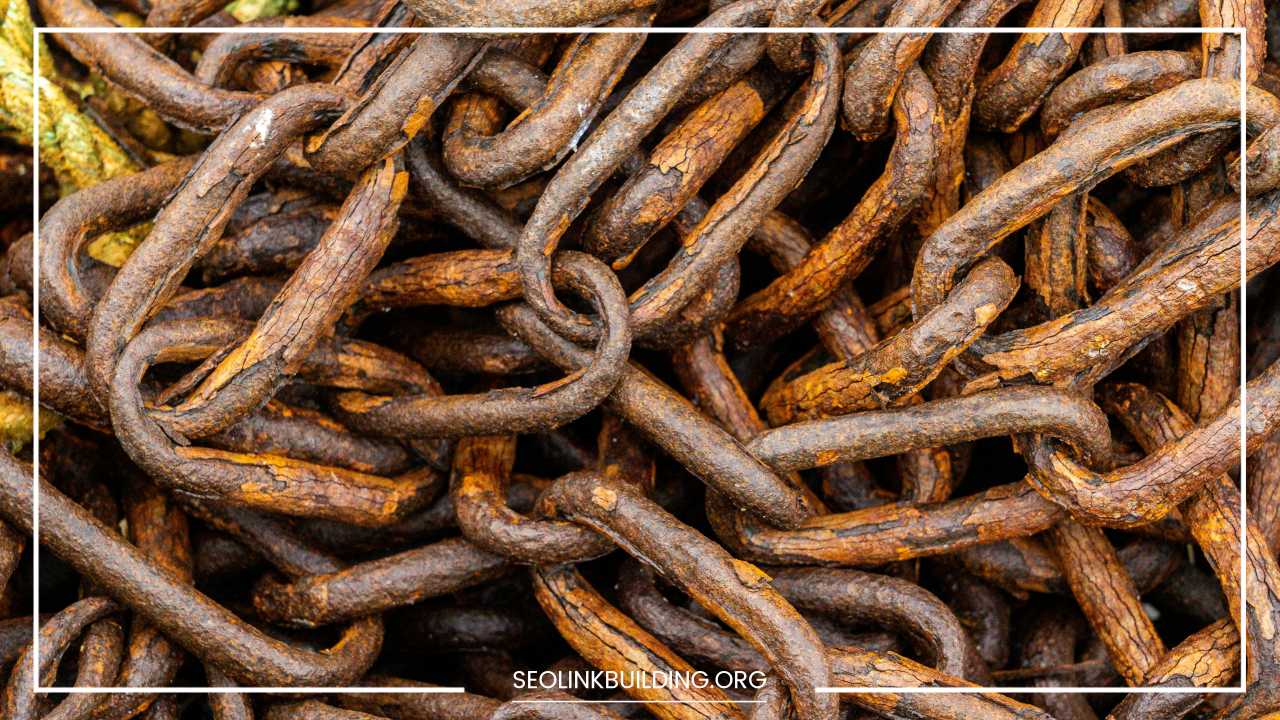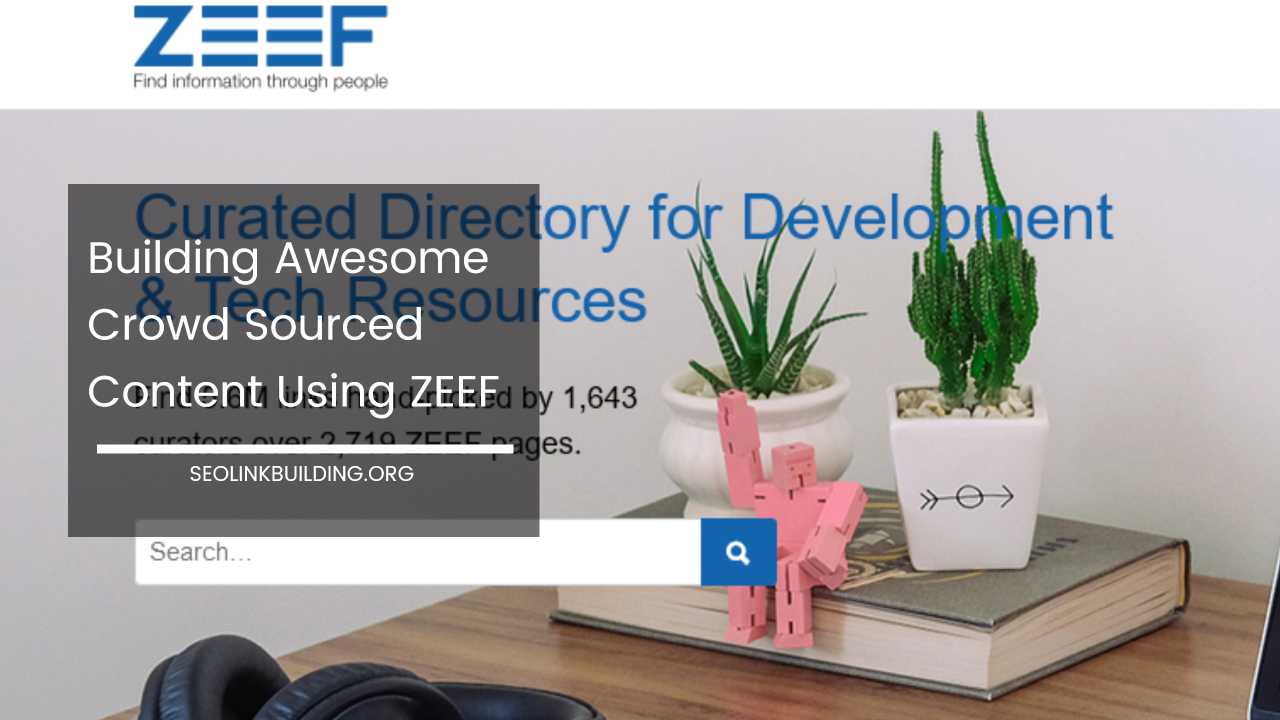How to See Who Links to Your Website (and What to Do Next)

How to See Who Links to Your Website
In the vast and ever-expanding landscape of the internet, where digital footprints interconnect, links play a crucial role in determining a website’s authority, credibility, and search engine ranking.
Understanding who links to your website is not just an exercise in curiosity; it is an essential practice for optimizing your SEO strategy, improving your online visibility, and building a robust backlink profile.
In this comprehensive guide, we will delve into effective methods to discover who is linking to your site and explore the subsequent steps to maximize the benefits of this information.
Understanding the Importance of Backlinks
Before we delve into the methods of finding who links to your website, let’s first comprehend why backlinks are so crucial.
Backlinks, also known as inbound or incoming links, are hyperlinks that point from one website to another. Search engines, particularly Google, consider these links as a vote of confidence and authority.
The more high-quality, relevant backlinks your website has, the more likely it is to rank higher in search engine results.
- SEO Authority: Search engines use backlinks as a major factor in determining a website’s authority and relevance to specific topics or keywords. The logic is that if other reputable sites link to your content, it must be valuable and worth showcasing to users.
- Traffic Referral: Backlinks act as pathways for users to navigate between different websites. A well-placed backlink can bring valuable traffic to your site, especially if it comes from a site with a similar target audience.
- Credibility: When reputable websites link to your content, it enhances your website’s credibility and trustworthiness in the eyes of both users and search engines. It’s like a digital endorsement from recognized authorities in your industry.
- Indexing and Crawling: Search engine bots use backlinks to discover and index new pages on the internet. A well-linked website is more likely to be crawled and indexed regularly, ensuring that your latest content is included in search engine databases.
Methods to Find Who Links to Your Website
1. Google Search Console:
Google Search Console is a powerful tool provided by Google that offers insights into how Googlebot views your website. To check your backlinks using Google Search Console:
- Log in to your Google Search Console account.
- Select your property (website) from the dashboard.
- Navigate to “Links” and click on “External Links.”
Here, you’ll find a list of websites linking to yours. Analyze the data to identify high-quality and relevant backlinks. Pay attention to metrics like the number of linking domains, anchor text, and the types of websites linking to you.
2. Backlink Analysis Tools:
Several third-party tools specialize in backlink analysis. Tools like Ahrefs, Moz, and SEMrush offer comprehensive insights into your backlink profile. Follow these steps:
- Choose a backlink analysis tool.
- Enter your website URL to generate a backlink report.
- Explore the list of websites linking to you and analyze key metrics like domain authority, anchor text, and link type.
These tools often provide a more detailed analysis than Google Search Console and can help you understand your backlink profile better.
They may also offer insights into your competitors’ backlinks, allowing you to identify opportunities for improvement.
3. Google Analytics:
Google Analytics can provide information about the referral sources bringing traffic to your website. While not specifically a backlink analysis tool, it offers valuable insights into your overall web traffic. Follow these steps:
- Log in to your Google Analytics account.
- Go to “Acquisition” and select “Referrals.”
Here, you can view websites sending traffic to your site. While not all referral sources are backlinks, it gives you an idea of external sites linking to your content and contributing to your overall web presence.
4. Manual Search on Google:
For a quick overview of who is linking to your website, you can conduct a manual search on Google using the “link:” operator followed by your domain. For example, “link:yourwebsite.com.” This will display a list of pages that link to your site.
What to Do Next: Making the Most of Backlink Insights
Now that you have insights into who is linking to your website, let’s explore the next steps to maximize the benefits of this information:
1. Evaluate Link Quality:
Not all backlinks are created equal. Focus on quality rather than quantity. High-authority and relevant websites have a more significant impact on your SEO.
Use the information gathered from your backlink analysis to identify the sources that contribute the most to your website’s authority.
2. Identify and Address Toxic Backlinks:
While building a diverse backlink profile is essential, it’s equally crucial to identify and address toxic backlinks.
These are links from spammy or low-quality sites that can harm your website’s reputation and SEO. Use tools like Google Disavow to disassociate from these harmful links.
3. Build a Backlink Strategy:
Armed with insights into your current backlink profile, you can now develop a targeted backlink strategy. Actively engage in building a diverse and natural backlink profile by:
- Creating high-quality, shareable content that others want to link to.
- Reaching out to authoritative websites in your niche for collaborations, guest posts, or partnerships.
4. Monitor Competitor Backlinks:
Analyzing the backlink profiles of your competitors can provide valuable insights and help you identify opportunities to acquire similar links.
Stay competitive in your industry by learning from your competitors’ successes and failures in the realm of backlink acquisition.
5. Create Shareable Content:
Content is the currency of the internet, and creating shareable content is key to attracting natural backlinks. Develop content that is informative, engaging, and valuable to your target audience.
The more valuable your content, the more likely it is to attract organic backlinks.
6. Engage in Outreach:
Building relationships within your niche is essential for acquiring backlinks. Connect with other websites through outreach efforts and propose collaborations, guest posts, or partnerships. Genuine relationships can lead to natural and beneficial backlinks.
7. Regularly Review Backlink Profile:
Backlink profiles can change over time due to various factors, including updates to search engine algorithms and changes in the online landscape.
Regularly monitor your backlink profile and update your strategy based on new links and changes in the digital environment.
Final Thoughts:
Understanding who links to your website is a pivotal step in enhancing your online presence and SEO efforts. Utilize the mentioned methods to uncover valuable insights into your backlink profile.
Once armed with this information, take strategic steps to maximize the positive impact of your backlinks and build a strong online reputation.
Remember, the quality and relevance of your backlinks matter more than the quantity. Focus on fostering meaningful connections within your niche, and over time, you’ll see the positive effects of a well-crafted and actively managed backlink profile on your website’s visibility and authority in the digital realm.













